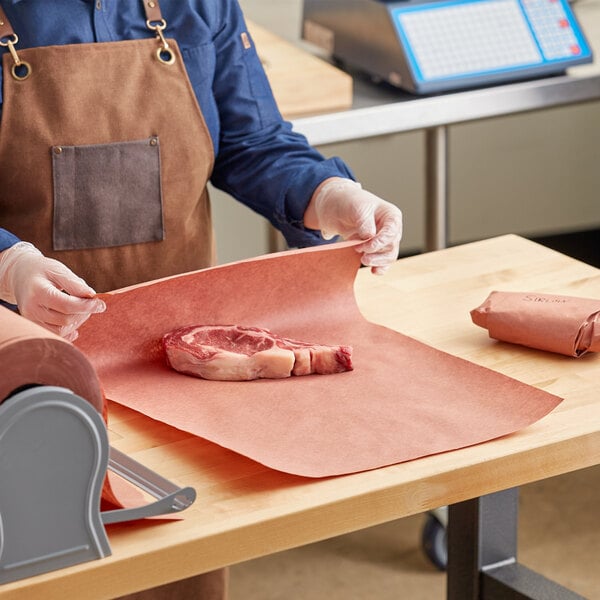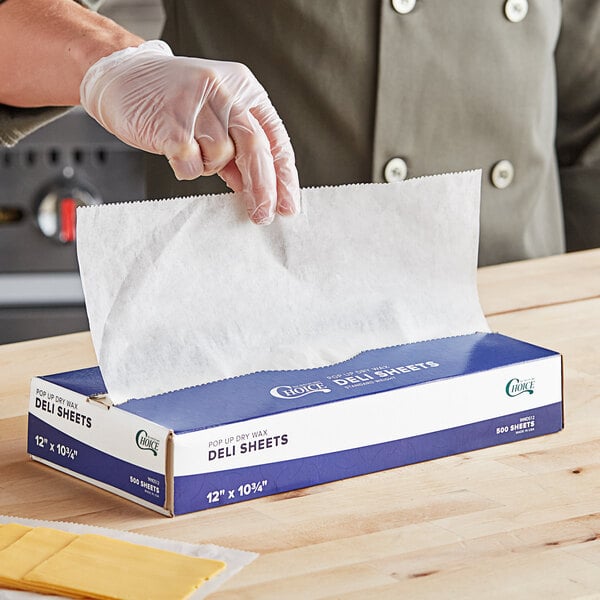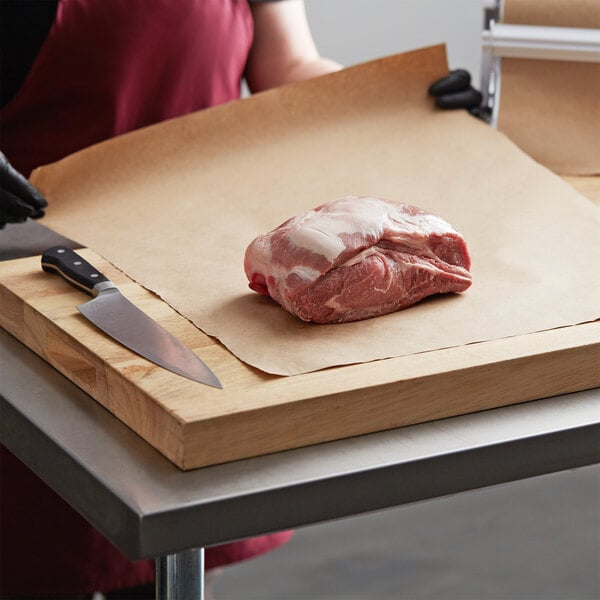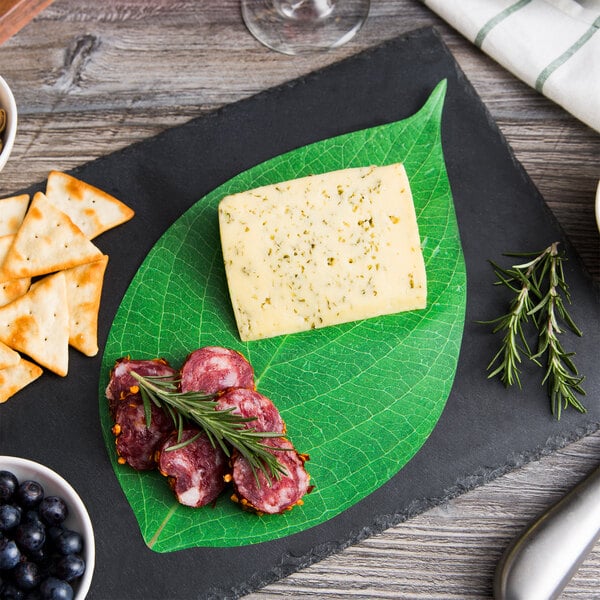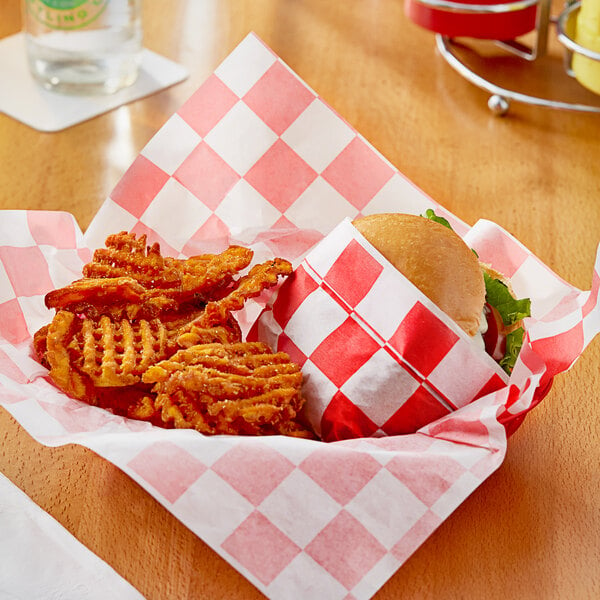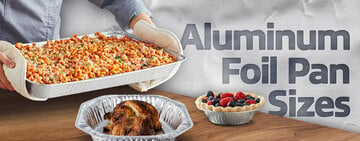Unlike parchment paper, wax paper is treated with wax to provide a smooth surface that prevents other items from sticking to it. After applying the wax coating, the paper becomes resistant to liquid transfers in either direction. This quality keeps moist food juicy and prevents dry-wrapped foods from moisture exposure.
Wax paper is tape-friendly and can be written on with permanent marker.
- Great for baking, wrapping hot foods, or as a tray liner
- Treated with wax for a smooth surface and to prevent sticking
- Holds moisture in for moist foods and keeps liquid out of dry foods
- Available in dry or wet varieties
Dry vs Wet Wax Paper
Dry wax paper is bleached kraft paper that undergoes a dry waxing process that drives wax into the sheet and leaves no surface residue. Since the wax coating is pressed into the paper, it won't transfer to the products wrapped inside it. Dry wax paper is perfect for hot food applications such as packaging sandwiches and lining pizza boxes.
Like dry wax paper, wet wax paper is bleached kraft paper, but it undergoes a wet waxing process on both sides for a high gloss water-resistant surface. Wet wax paper offers an excellent packaging material for refrigerated food products, such as sandwiches and vegetables, and it can essentially act as a waxed butcher paper for poultry, fish, steaks, and meat. It is also widely used in the candy industry as dipping paper or tray liners.
Types of Wax Paper
There are three types of wax paper, each with pros, cons, and specific applications.
- Patty Paper: Made from dry wax paper, patty paper is placed between hamburger patties during preparation and storage to prevent hamburger patties from sticking together. It is especially helpful in freezer applications.
- Pan Liners: Use pan liners to keep items from sticking to the pan and reduce prep and clean-up time in your bakery or pizza shop. Made from dry wax paper, pan liners eliminate the need to grease pans to remove baked goods easily.
- Pop-Up Wax Paper: Pop-up wax paper sheets are made of dry wax paper and provide a quick and easy way to wrap various products at your grocery store, deli counter, or market. These sheets are interfolded and packed in a pop-up box for easy countertop dispensing.



